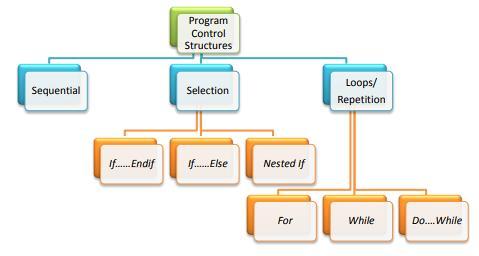PROGRAMMING FUNDAMENTALS Programming language is a language that is used for writing programs or a set of rules and reserved words (keywords) that can be used to tell a computer what are the operations to be done. There are five generations of programming language: 1st Generation Language (Machine language (1950-1960)) 2nd Generation Language (Assembly Language (1950s) 3rd Generation Language (High-Level Language ((3GL, 4GL, 5GL) 1960s till now) 4th Generation Language (1980s) 5th Generation Language ((Natural Language) 1990s)
Figure 1.1: Evolution of Programming Language
1.2
EVOLUTION OF PROGRAMMING LANGUAGE
1.2.1 1st Generation Language (Machine language (1950-1960)) The lowest level of language. It represented data and program instructions as 1s and Os - binary digits corresponding to the on and off electrical states in the computer. Examples: 0 represents “off” and 1 represents “on”. The only language that the computer could understand (does not require a translator). Machine language is machine-dependent. Meaning, a written program for one computer generally cannot be executed on another. For example, a program written in Apple PC cannot be run on IBM PC. 3|Page












